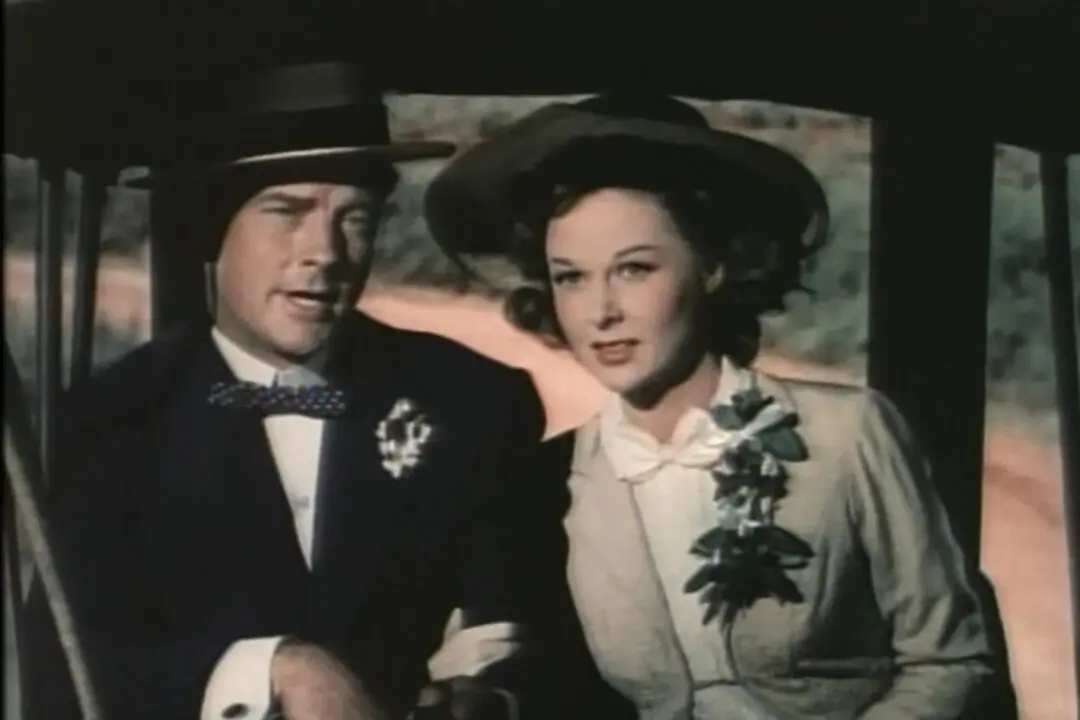G | 2h 50 min | Musical, Comedy | 1964
For a musical, 1964’s “My Fair Lady” isn’t about music at all. It’s about speech. It isn’t about singing. It’s about speaking. Yet magically, director George Cukor and producer Jack L. Warner make this magnificent British-American film about all these things, bringing to film the musical that first landed on Broadway in 1956.




